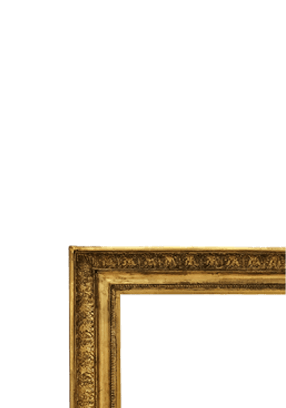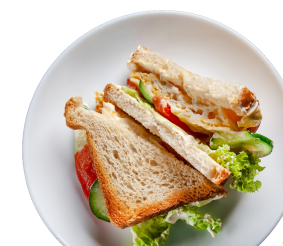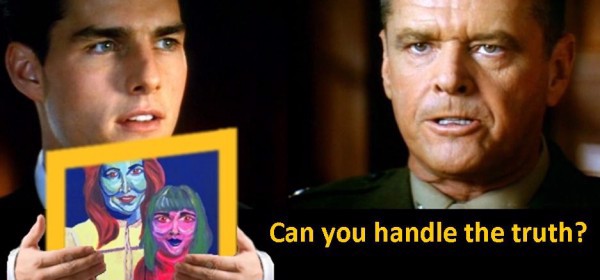Being Objective About Sentimental Objects
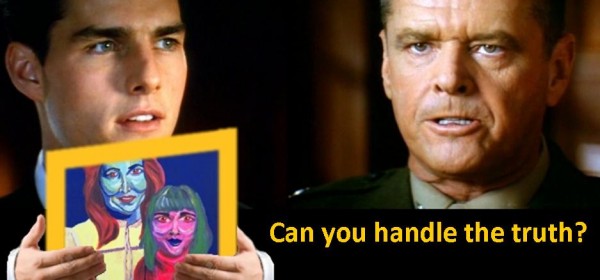
When my grandmother passed away, I experienced first-hand what it feels like to have a complete stranger call a beloved heirloom both "worthless" and "nothing special".
The estate appraiser wasn't trying to offend my family, he was simply being honest, and because of his expertise, he saved us from spending additional money to have an appraiser assess it further. But it was devastating. Not because we were interested in a financial reward, but because these things were dear to my grandmother and they had been in our family a long time.
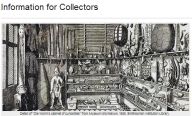
The Sabatini Gallery website is a great resource for researching your collection. Click image to visit.
Because of my job, I am often on the other side of this conversation. I am asked regularly to give my opinion about personal art collections and whether I think the pieces in question are "good", "quality" and "worth something". Recently I was asked to look at two paintings and their corresponding signatures, hoping I would be able to solve a five-year mystery about their maker.
I didn't recognize the name.
My instincts told me I was looking at what is commonly known as "starving artist art"—a formulaic style of painting that is easily produced once the techniques are mastered. Often the goal is to create as many paintings as possible, assembly-style, for sale at a deep discount. In some cases, the paintings are produced overseas and are marketed specifically to Westerners, and a western pseudonym is used in place of the artist's name because market research has shown that people are more likely to buy a landscape with a familiar-sounding name.
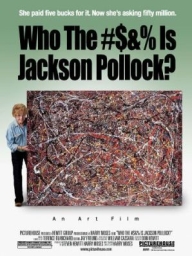
Check out this awesome DVD about a woman truck driver who finds a painting and will stop at nothing to prove its worth.
It was my turn to be the deliverer of "bad news". I had a hunch that further research of both paintings would prove futile and I wanted to save the owner the trouble and expense of an appraiser. As I ventured gingerly into the possible provenance of the landscapes in question, the emotional attachment to both paintings surfaced and clouded the rest of the conversation. The recent passing of the owner's mother and their memories of growing up around both landscapes proved too much to bear, and the conversation unfortunately ended.
It's extremely challenging to be objective about the things we love. Our emotional investment in an object doesn't always jive with how much we paid for something, the cost of materials, or in the case above, the romantic narrative we start to create around an object we sometimes know very little about.
So, the advice I give for heirloom research comes from a place of solidarity. I've been there. The truth can be painful. But it boils down to this: an object's emotional value and monetary value are two separate things, and no dollar amount will lessen the significance or history of an object you love. It's hard to do, but if you leave your emotions out of the equation, you can save yourself time, money and heartache.





